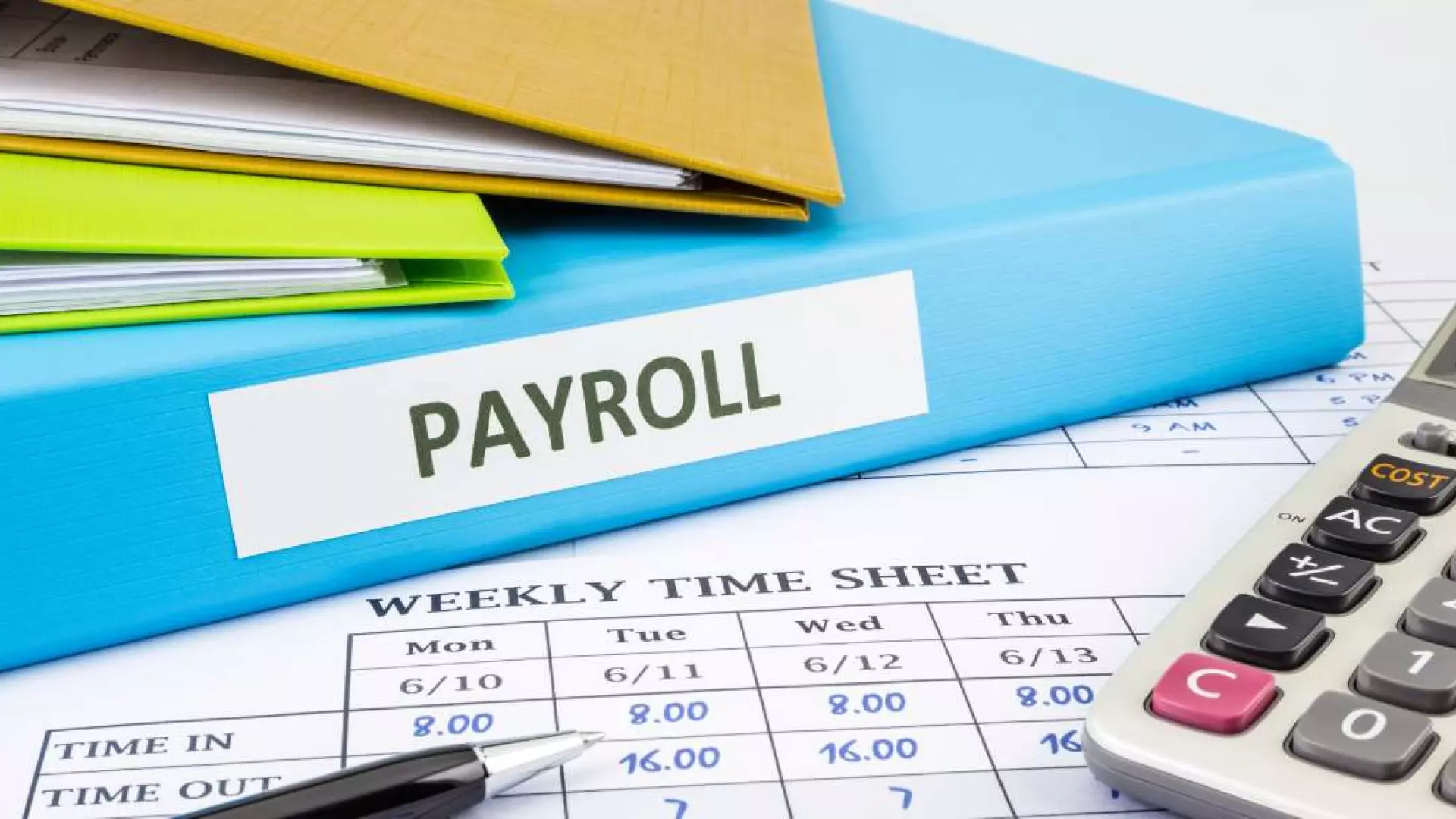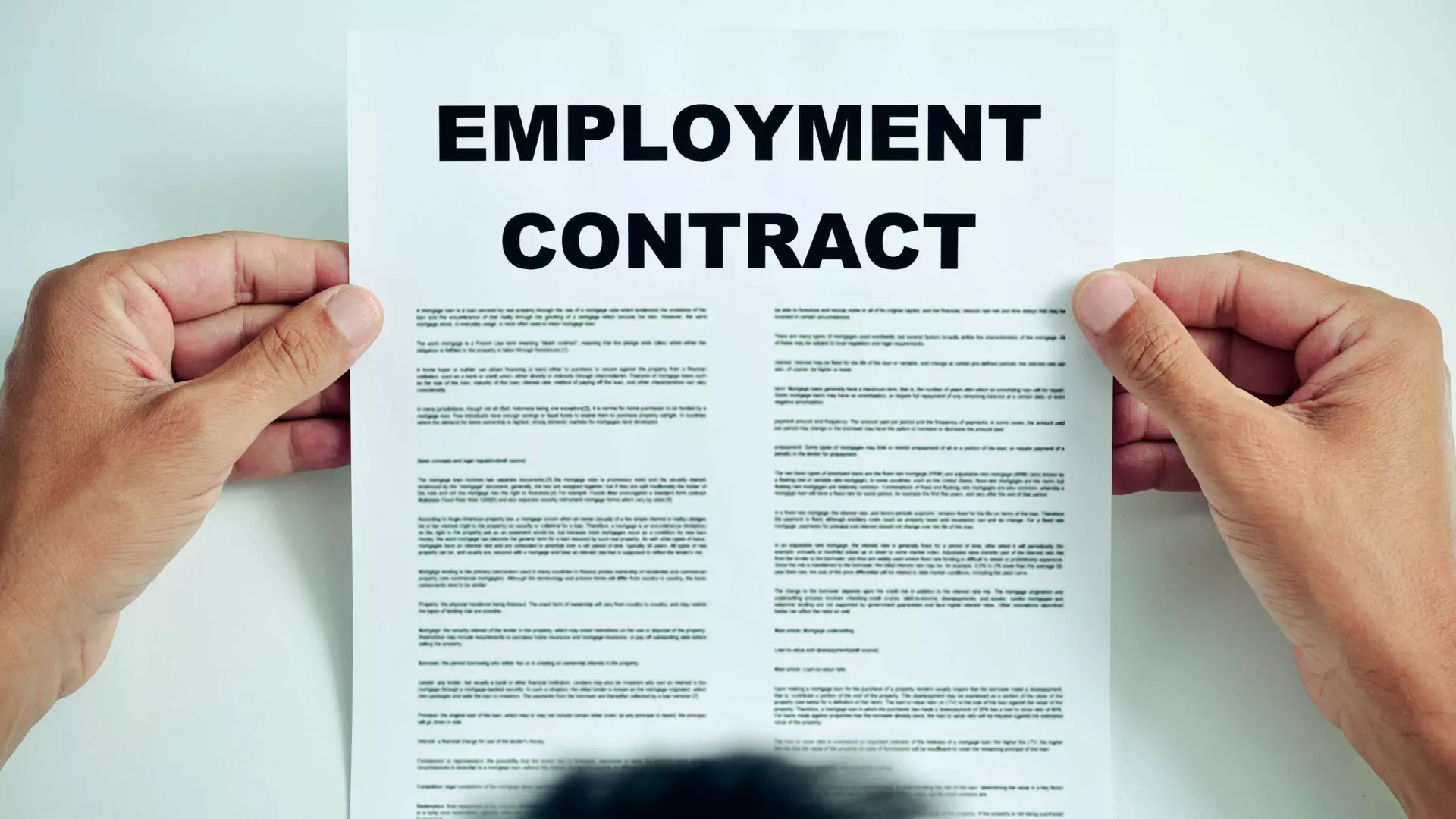Article
Nanny Pay Rates for 2025

2025 Guide to Nanny Pay Rates and Costs in Australia
If you're wondering how much to pay your nanny in 2025, this guide offers key insights into the latest pay rates, trends, and factors affecting nanny wages in Australia. Nannies remain an essential part of family life, and fair pay ensures a mutually beneficial arrangement for both families and carers.
Need more support?
Figuring out what to pay your nanny, and how to stay on top of tax, super and entitlements, can be tricky. That’s where we come in.
- We manage nanny pay, tax, super and contracts, all in one place
- Our service is fully compliant with Australian employment laws
- Whether you're ready to set things up or just exploring, we’re here to help.
Get in touch with us, sign up, or read more:
1. Contact us with any questions or to chat through your options
2. SIgn up now to set up pay and get started with payroll
3. Learn more about how we support families
How much do nannies get paid in Australia:
National Average Hourly Rate:
- Casual: $34.61
- Permanent: $35.84
By State (Casual):
- ACT: $38.33
- NSW: $36.15
- QLD: $35.15
- SA: $37.75
- TAS: $30.00
- VIC: $33.85
- WA: $30.59
By State (Permanent):
- ACT: $32.02
- NSW: $38.36
- QLD: $33.77
- SA: $34.50
- VIC: $34.91
- WA: $34.86
What's Driving the Increases in Nanny Pay Rates?
1. State-by-State and National Increases:
The national average hourly rate has risen from $34.26 in 2024 to $35.19 in 2025 (+2.7%):
Highest Increases:
- NSW: Up 4% to $36.15 for casual nannies.
- SA: Up 3% to $37.75 for casual nannies.
Lowest Increases:
- TAS: Only a slight increase to $30.00 for casual nannies.
- WA: Modest growth to $30.59 for casual nannies.
2. Why Have Rates Increased in 2025?
Compared to 2024, nanny pay rates have seen an increase in line with Australia’s economic conditions:
- Inflation Adjustment: Nanny wages have risen in response to inflationary pressures, ensuring wages keep pace with the rising cost of living.
- Demand for Nannies: A continued shortage of qualified nannies has driven higher pay rates, particularly in metropolitan areas.
- Award Rate Adjustments: Increases in the Miscellaneous Award rates, effective from July 2024, have provided a baseline for wages.
3. Comparison to the Miscellaneous Award Rates (July 2024):
As of July 2024, the Miscellaneous Award sets a minimum wage of $25.94 per hour for casual employees (level 1). Nanny pay rates exceed this minimum, highlighting the competitive demand for experienced carers. For permanent nannies, the award wage is slightly lower, emphasising the premium families pay for quality childcare services.
The minimum wage under the Miscellaneous Award increased by 3% between July 2023 and July 2024 so the overall average increase in rates for nannies closely matches this.
4. Other Key Analysis:
- Urban vs. Regional Pay Gaps: States like NSW and VIC maintain higher pay rates due to urban centers such as Sydney and Melbourne, where the cost of living is significantly higher.
- Gender and Care Demands: The gendered nature of caregiving, along with higher expectations for multitasking roles (e.g., nannying combined with household management), continues to justify competitive rates.
- Superannuation Impact: With superannuation contributions increasing to 12% from July 2025, families are adjusting pay rates to attract and retain high-quality carers.
Why Do Nannies Get Paid More in Some States?
Pay rates for nannies vary across states due to several key factors:
- Cost of Living: Urban centers in NSW and VIC have higher living expenses, driving up nanny wages.
- Demand for Childcare: Areas with more dual-income families or higher populations of working professionals see greater demand for nannies.
- Local Legislation and Awards: Some states have specific labor laws or higher adoption of award rate benchmarks that influence wages.
What to Consider When Deciding How Much to Pay a Nanny:
When setting a fair hourly rate for your nanny, keep these factors in mind:
- Experience and Qualifications: A more experienced nanny with childcare certifications will command higher wages.
- Duties and Responsibilities: Expect to pay more if your nanny takes on extra roles like household chores or driving children.
- Family Budget: Balance competitive pay with what your family can afford.
Additionally, families must account for extra costs, including:
- Paid leave and sick pay.
- Superannuation contributions.
- Workers’ Compensation Insurance.
- Car insurance if the nanny drives your vehicle.
Make Nanny Payroll Easy
Managing payroll and compliance for a nanny can be time-consuming. At Pay the Nanny, we handle all the complexities, from taxes to superannuation, for a low monthly fee. Let us take care of the admin so you can focus on what matters, your family.
Get in touch today with any questions.

Hourly Rates for Nannies in Australia in 2022

2025 Guide to Employment Contracts for Nannies in Australia

Superannuation Changes for Nannies in 2025

Nanny vs Daycare: Which One is Right for Your Family in 2025?
